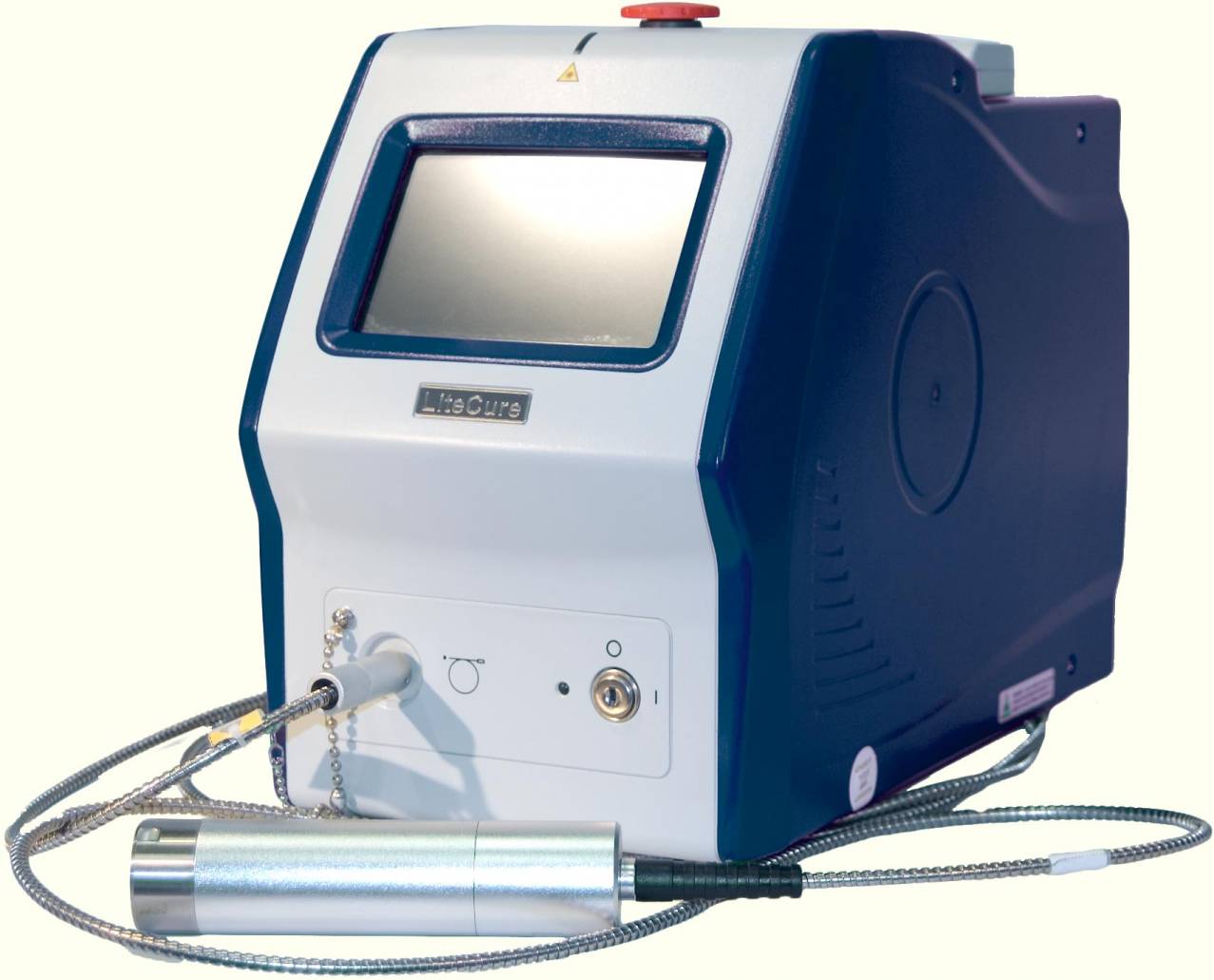Therapeutic Benefits of High Power Laser Therapy (HPLT)
The positive benefits of laser treatment for a wide range of clinical diseases have been the subject of a great deal of clinical research and investigations. The main well researched biological consequences of laser therapy are listed succinctly here.
Laser Therapy Effect #1: Analgesia Pain Relief
Through various distinct biological pathways, laser therapy reduces pain. 1) Laser therapy prevents pain signals from the body’s wounded areas from reaching the brain. As a result, there is a marked reduction in the sense of pain and decreased nerve sensitivity. 2) Laser therapy also lessens pain by reducing swelling and inflammation. 3) The release of endorphins and enkephalins, which are our bodies’ natural painkillers, is increased by laser therapy, which also lessens pain.
Laser Therapy Effect #2: Enhanced Nerve Function
Laser light shortens the time needed for nerve cells to repair after an injury by accelerating the process of nerve cell reconnection. Additionally, laser therapy enhances general nerve and muscle performance by increasing the amplitude (strength) of action potentials (signals delivered along nerve fibres). These two explanations help to explain why Laser Therapy is so effective in reducing the signs and symptoms of nerve damage, such as burning, tingling, numbness, and severe pain.
Laser Therapy Effect #3: Anti-Inflammatory
Vasodilation, a process brought on by laser therapy, causes the body’s tiny arteries and lymph vessels to enlarge. This enhanced vasodilation improves the removal of edema, swelling, and inflammation from injured sites. Lymphatic drainage is also encouraged by vasodilation of the lymph veins, which furthers this crucial healing process. Because of this unique biological action, bruises frequently heal more quickly.
Laser Therapy Effect #4: Accelerated Wound Healing
The fibroblasts that are the basis for collagen formation are stimulated by laser treatment. The crucial protein needed to grow new tissue or repair damaged tissue is collagen. This result makes laser therapy useful for healing burns and open wounds.
Laser Therapy Effect #5: Enhanced Tissue Repair and Cell Growth
Therapeutic lasers release light photons that deeply penetrate the body’s tissues and activate a cell’s production centres. These cells absorb nutrients and eliminate waste materials more quickly as a result of the stimulation’s increase in the energy available to them. This significantly speeds up the mending of damaged tissue, resulting in quicker tendon, ligament, and muscle recovery.
Laser Therapy Effect #6: Improved Circulation
Within injured tissues, laser therapy greatly boosts the growth of new capillaries, or microscopic blood vessels. The healing process is accelerated, wounds seal more quickly, and the production of scar tissue is decreased when there are more capillaries carrying more blood to the injury site.
Laser Therapy Effect #7: Enhanced Metabolic Activity
Individual blood cells that are exposed to the laser beam during treatment also experience significant effects from laser therapy. Red blood cells’ (RBCs) ability to carry oxygen and nutrients is dramatically increased by laser light. Increased metabolic activity and the synthesis of certain enzymes are made possible by this. Both of these effects extend beyond the area that was directly exposed to the laser light and are felt throughout the entire body.
Laser Therapy Effect #8: Reduced Formation of Scar Tissue
Following tissue injury caused by wounds, burns, and surgery, laser therapy lessens the development of scar tissue (fibrous tissue). By accelerating the healing process, enhancing blood flow to the wounded region, and more efficiently removing waste products—all of which are mechanisms outlined above—laser therapy is able to minimise this development. Less scar tissue is always formed when a wound heals more quickly.
Laser Therapy Effect #9: Enhanced Immune Function
Chromophores, which are located in the majority of the body’s cells and are molecular enzymes, directly absorb photons of laser light. By absorbing the laser light, a certain enzyme mechanism that initiates the creation of ATP is triggered. Adenosine triphosphate, or ATP, is the single most significant source of energy that drives ALL chemical processes in ALL bodily cells. Faster and more effective function result from increased energy generation; this is particularly true for immune-specific cells subjected to laser therapy. The immune system is helped by this increased effectiveness in warding off harmful infections and germs.
Laser Therapy Effect #10: Stimulation of Acupuncture Points
A successful alternative to conventional acupuncture therapy is laser therapy. Through the mechanical stimulation of “Acupuncture Points” all throughout the body, traditional acupuncture produces therapeutic results. This is accomplished by inserting needles into the acupuncture points and twisting, tamping, or attaching the needles to electrical stimulation devices thereafter. The same acupuncture points may be stimulated by laser therapy without the requirement for invasive needling or other forms of mechanical stimulation.
 Through a procedure known as photobiostimulation, Deep Tissue Laser Therapy is an inventive use of cutting-edge new technology that provides superior pain relief and speeds up healing periods.
Through a procedure known as photobiostimulation, Deep Tissue Laser Therapy is an inventive use of cutting-edge new technology that provides superior pain relief and speeds up healing periods.
